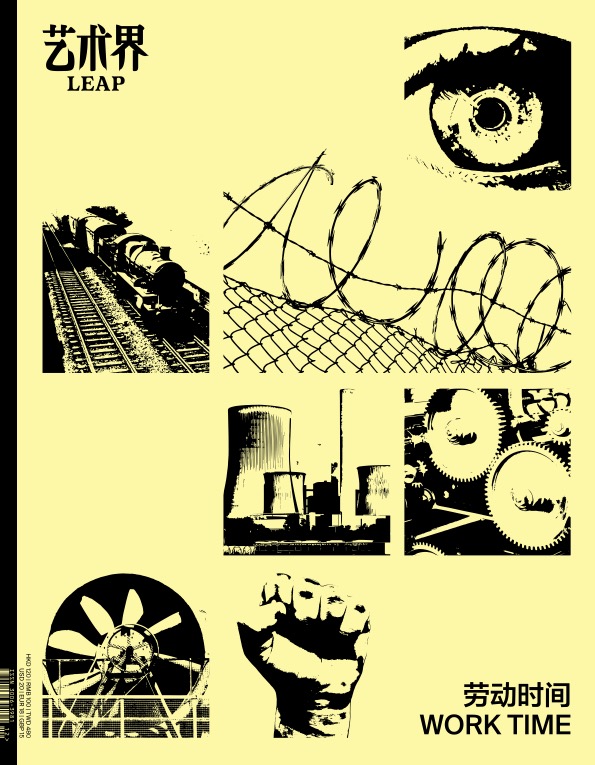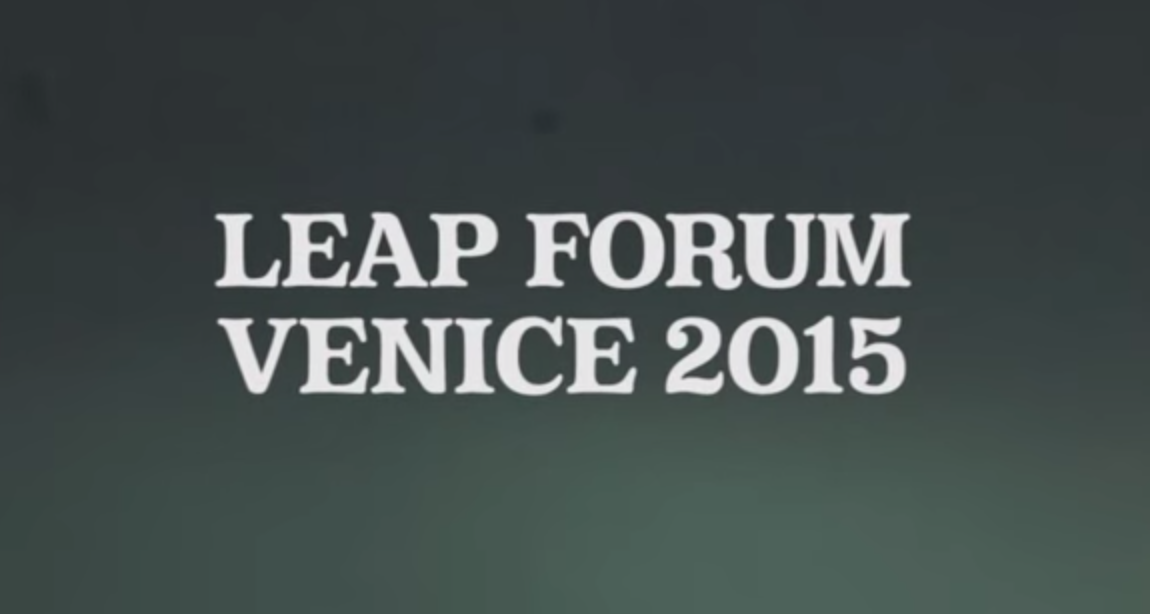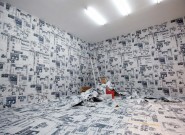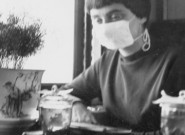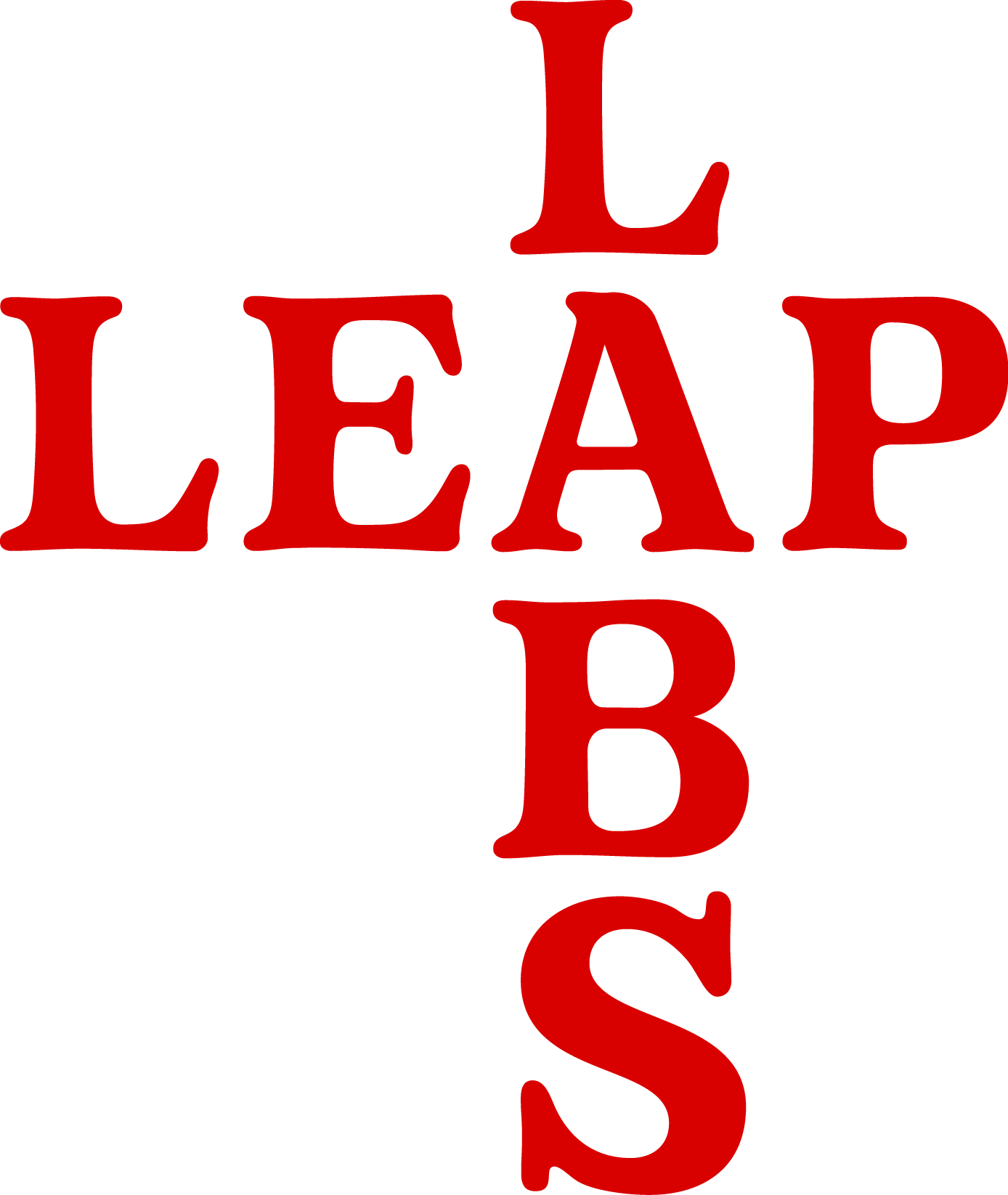Zheng Que: “Foot Massage” and “Factory Girl”
“Factory Girl” flips that logic by turning art into a commodity. For example, a Christmas hat is both a cheap product on the assembly line and an artwork redefined by the artist’s labor. This blurring of boundaries makes us question what gives art its “value”—is it its originality, or the social context in which it’s placed?
Read MoreThe Flesh as an Inside-Out Jacket: Body and Illness in Zhang Peili’s Work
Hidden behind every failure of embodiment in Zhang Peili’s bodily imagery lies an eternal unease—and this unease is none other than illness itself.
Read MoreXiaohai in Dialogue with Ge Yulu: “Return to Me a World Untainted of the Mundane”
“It’s massive, silent, invisible—until someone points it out. Your poetry gives me that same feeling.”
Read MoreTo Raise a Question for This Moment: Reading Yokohama Triennale 2024 “Wild Grass: Our Lives”
Modernity is no longer a solution here, and the modernity of colonization is but a bunch of embarrassing, superficial spectacles. While the anger born in oppression burns and advances, it seems to have been embodied in the histories of Asia and armored with alchemists’ gold—no more opposition between the soft and hard, the resolving and clumping, and perhaps some wiser Dao of life may allow all of them to co-exist.
Read MoreVoiceless Drifters in Blindfolds and Tik-Toking Workhorses on Reels: Chinese Workers in Non-fiction Cinema
For today’s documentarians who focus their cameras on the workers, who seek to make documentaries of and for our time, the mission has extended beyond bringing cameras into factories—They must find ways to excavate and preserve these archives, guiding them through the algorithmic barriers into wider view.
Read More“Flowing like transparent water”—Art Workers in the Art Worlds
“Beyond the territory of the ‘art circle,’ which consists of artists, galleries, museums, institutions, collectors, curators, critics, and the media, there still exist enclaves where art workers exercise their raison d’être.”
Read MoreLEAP F/W 2024 WORK TIME
After spending some quality “Play Time” in the first half of this year, LEAP’s Fall/Winter 2024 issue is clocking in and getting back to “Work Time.” How does the work we do affect our perception of time? How are the various types of labor in the art industry recognized and defined? How much invisible work…
Read MoreReflections of War and the Apocalypse in Games—on Fallout and beyond
In this new world, video games have ascended to a position of immense and all-pervasive cultural influence, a power that sculpts both our memories and imaginations. It then begs the questions: how did video games emerge from the war machines within the global context of the 1960s, and continue to integrate into the depiction of wars and imaginations of the apocalypse within mass culture? How did the anxiety about and revulsion against nuclear disaster from the Cold War era seep into these virtual battlefields? And how have these elements become part of the players’ historical memories, and passed down to the next generations and beyond through the re-mediatization of TV and movie adaptations? Now, more than ever, it is crucial to grapple with these questions.
Read MoreLife as Game: The Boys of Summer and Its Mirroring World
The Boys of Summer is such a successful game because it lures you in with its pop colors and whimsical soundtrack, and then gradually, maybe without you even noticing it the first few times, outlines the structures and forces that govern our lives.
Read MoreBiennales and the Biennales and the Exhibitionary in the Global South: Notes from Diriyah
Instead of a Global South collectivity defined in opposition to state power, perhaps it’s time for a reimagination of the state truly adequate to the task of dismantling the imperialist structures that have persisted through the age of nation-states and the Global South’s ongoing exhibitionary turn.
Read MoreThe Aesthetic Transformation of Motion—A Dialectical Take on Sports and Contemporary Art
Through practice, observation, and imaginative exploration of future possibilities, sports and art offer a transcendent interpretation of our current reality.
Read MoreBurning Image, Chilling Memory—Embers of War in Contemporary Time-based Art
On February 25, 2024, Aaron Bushnell, a 25-year-old serviceman of the United States Air Force set himself on fire outside the front gate of the Embassy of Israel in Washington, D.C., protesting the United States’ continuous support for Israel in the war. Bushnell live-streamed the act and declared, “I will no longer be complicit in…
Read MoreThe Phantom Pain of Language
Games are also worlds made of language. Through the technical languages of game engines, programming, and more, video games seemingly bring interactive worlds into being from the virtual void. However, no virtual environment is absolutely empty. Instead, they’re laden with their creators’ languages of cultural and aesthetic reference.
Read MoreXiao Longhua: Don’t Tire Yourself Out
This small attic studio is a crossroads of diverse hidden worlds, and it is also a creator’s complete world, where all curiosities and explorations are their corresponding objects. Here, Xiao Longhua is always playing.
Read MoreDark Play: Ontological Life Experience of Game Modification
In dark play, every experience can be the establishment of a new game. The dominant influence of the game designer fades away, allowing players to redefine their characters within the game world and fundamentally alter the game’s nature through this reinterpretation.
Read MoreLEAP S/S 2024 Play Time
The summer of 2024 is one of games, marked by the Paris Olympics, and the Olympics in art known as the Venice Biennale. LEAP’s Spring/Summer issue is set in a gaming mood too. The issue focuses on themes related to sports, competition, games, and the myriad rules we set up in order to play these…
Read MoreMiao Ying: Savage winds, a land of stone, Forsaken intelligence, left alone
“People probably want to believe that they are using tools, instead of the other way around.” [9] This sounds familiar, and it also reveals Miao Ying’s vigilance for the morphing role of an artist: While taming the AI, how can artists avoid the scenario where they actually become the sheep that AI shepherds?
Read MoreJolie ZHOU&JIN Qiaoer: 3……2…1
Frequent bodily movements within urban space bring about spatial transformations and make certain objects simultaneously serve as mediums for conveying and obstructing human emotions. When suppressed emotions reach a critical point, detachment and violence begin to manifest in the space.
Read MoreUtopia in Progression: On the Social Relevance of the Arts in the 21st Century
In many senses, utopia is not a static, perfect blueprint; it simply cannot be. It is a journey where those around you help you understand that your suffering is not alone, and will not be in vain. They care and respond to your misfortunes, as themselves as individuals, but also as a collective whole. And so do you to them. As your misfortune ceases to be solely your burden but becomes a valuable experience that can bring about collective transformation. And this transformation can be as small as a change in rent contribution in the community[18], it can as well be as big as a planetary shift.
Read MoreNew Villages: Sowing the Seed of Utopia
The idealized living world that New Villages once represented dissipated accordingly…Only when introducing the origin of New Villages to new urban residents do people recall that seed of utopia from a distant time and space.
Read More
